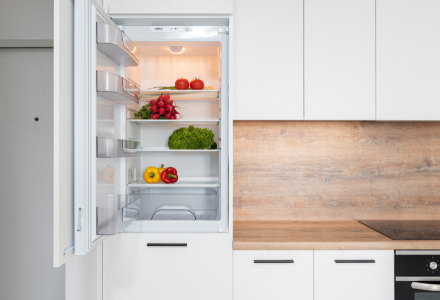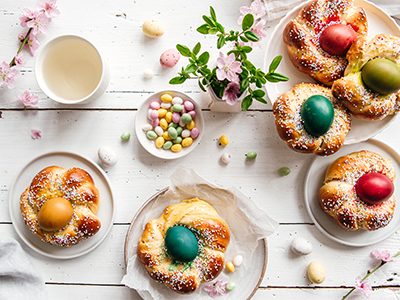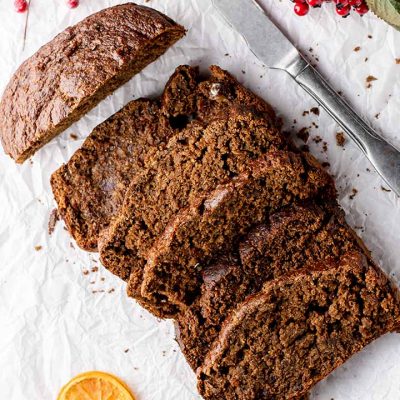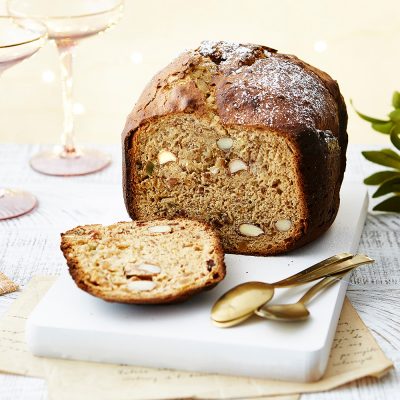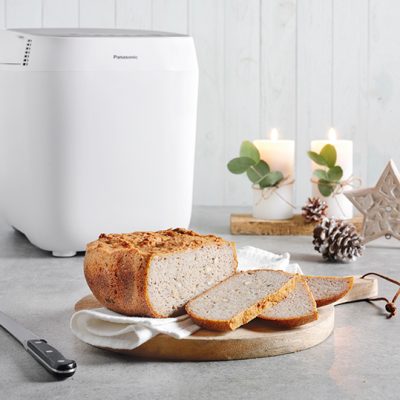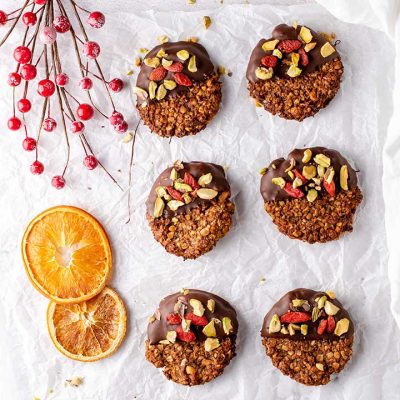It is the heart of every household: the kitchen. That’s exactly why a high proportion of private energy consumption takes place here. We give you useful tips on how to reduce your energy consumption, save money and at the same time do something good for the environment – without sacrificing comfort and convenience.
Start with the large appliances: Saving energy in the kitchen
Electrical appliances such as refrigerators, ovens or stoves are one of the biggest energy guzzlers in the kitchen, but they also offer enormous potential for savings. But how exactly can consumption be reduced?
As with all large appliances, energy-saving for refrigerators begins in the store. Larger and smart household appliances usually have an energy consumption label. Modern A-rated refrigerators are often more expensive, but are still worth buying. With a service life of 10 years or more, you will quickly notice that your electricity consumption for cooling is significantly reduced – compared to less efficient large appliances.
What’s more: If possible, your kitchen appliances such as refrigerator, oven and stove should not be placed next to each other.
Here are things to bear in mind when boiling and baking
You can also save energy when preparing delicious stews or pasta – but only if you do it yourself. So overcome your resistance and get started right away. These tips will help you:
When boiling:
- Always use a lid when cooking with a pot. When cooking without a lid, more steam and heat escapes. In addition, the cooking process takes longer.
- When you place the pot on the stove, you should always choose the right size. Pots that are smaller than the cooking surface waste valuable energy because the heat is released into the air instead of the bottom of the pot.
- Ingredients such as eggs or beans don’t need to be floating in water to cook. On the contrary, if you fill the pot with 2 or 3 cm of water, it will start to boil faster.
Unfortunately, this technique does not work when cooking pasta. Here’s another trick: Instead of a pot, use a large and wide pan. The large cooking surface means the pasta cooks faster and you can then prepare your sauce and other ingredients in the same hot pan.
Let’s continue with baking. This is just as energy-intensive, but these tips will help you halve your electricity consumption:
- First of all, avoid preheating. This is only necessary for delicate foods such as a sponge mixture or a tender fish/meat fillet.
- Always choose recirculation if possible. The fan distributes the warm air evenly throughout the oven, so you can set the temperature at least 20 or 30 degrees lower. This can save around 20 per cent in electricity costs compared to top and bottom heat..
- To prevent energy from escaping, open the oven door only rarely during the baking process.
- Use the residual heat to save energy – for example, when cooking food that simmers in the oven for a long time or when frying scrambled eggs in a pan. To do this, turn off the oven (or stove) at least 10 minutes before the cooking is over. The residual heat lasts for that long so the food being prepared will always be cooked.
If you’re already going to the trouble of preparing it, why not bake double the amount? A second cake always finds plenty of takers and can be an ideal gift for guests. Or you can use the hot oven to bake some delicious bread.
Better alternatives
Compared to conventional ovens, a compact combination appliance uses significantly less electricity. So how about a Panasonic 4-in-1 steam oven? It has a hot air function. Since only a small cooking space needs to be heated, it needs less energy than an oven.
A bread maker also requires significantly less electricity. So bake your bread with peace of mind in the Panasonic bread maker. But it can do much more: It allows for a clean kitchen, time independence and even bread according to personal taste and preferences (e.g. gluten-free).
Food storage is where it begins and ends
In addition to boiling and baking, proper storage of food plays an important role in saving energy.
- Use resealable containers instead of aluminium foil. Aluminium foil is harmful to the environment and very energy-intensive to produce.
- Defrost frozen foods in the refrigerator. This allows them to release residual cold to your other chilled goods, saving you electricity.
- However, you should not put warm food in the refrigerator, as it consumes electricity unnecessarily to keep the cooling temperature constant.
- When storing food in the refrigerator or freezer, avoid contact between food and the back wall, otherwise a layer of ice will form. This can increase power consumption by up to 10 per cent.
Other things to bear in mind about refrigerators and cooling: The demand for electricity increases when we open the refrigerator door often and for long periods of time. The less often you open the door, and the shorter the time for which you do so, the better for you and your wallet (!).
Double the benefit: Saving energy in the kitchen
In summary, when it comes to effective energy management in the kitchen, it’s clear there are numerous ways of saving energy, especially in the kitchen. And that’s not only good for your wallet, but also for the environment. Saving energy therefore has double the benefit! It is exactly for this reason that the topic is particularly close to our hearts.
Do you have any other sustainable kitchen tips that could help protect the climate? Please leave us a message or comment on our Instagram channel Experience Fresh.

